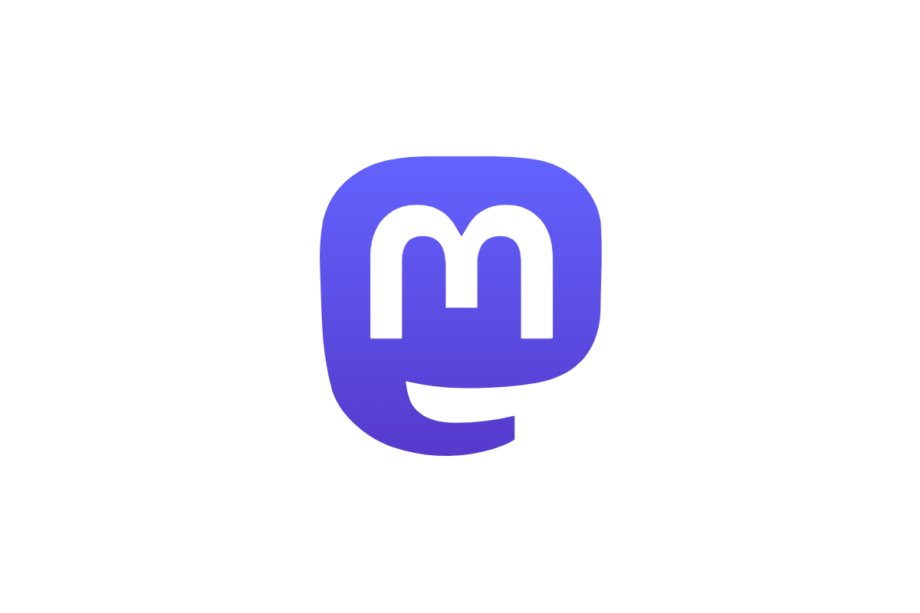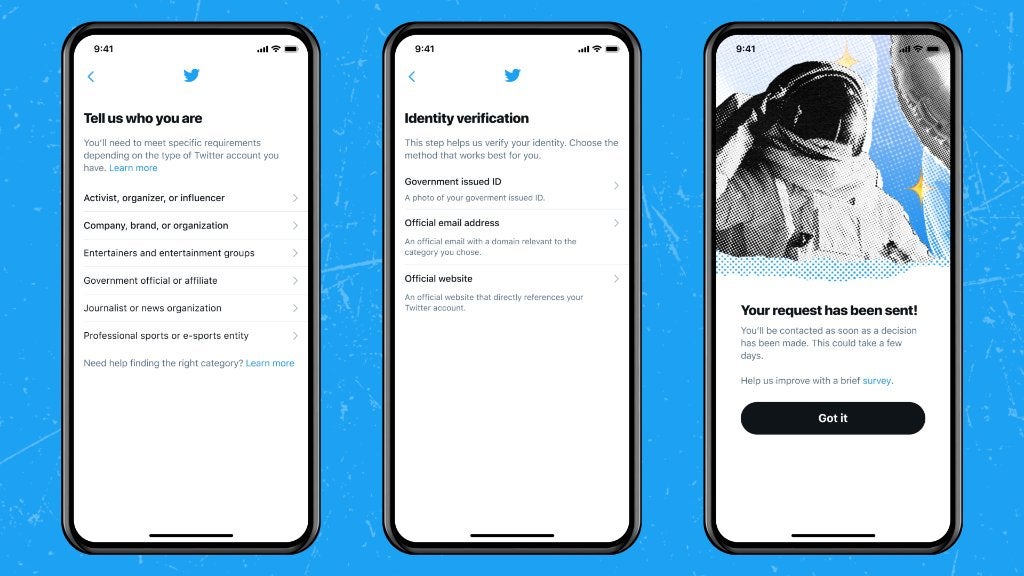What is the Fediverse? Decentralised social media future explained

The future of social media could be an emerging online protocol movement called the Fediverse. But what is the tool used by platforms like Mastodon and fancied by Meta’s Threads?
The Fediverse has been billed as a way to remove social media from the hands of the major, data hungry, privacy invading corporations and return it to principals more in-line with what the original architects of the World Wide Web had in mind all those years ago.
What is the Fediverse?
Let’s start with the origin of the term. It’s a portmanteau of “federation” and “universe”. But what is does that mean in real terms?
Well, it is a vast collection of decentralised web servers that can host open source platforms like social media, micro blogs, and tools for sharing media and music.
This is where the federated part of Fediverse comes in. Any content posted can be shared between other networks, while remaining on its own platform. These platforms can interoperate in a way that traditional social media platforms cannot.

Save £300 on Amazon Fire TV Omni QLED, Now Only £699.99
The well-liked Amazon Fire TV Omni QLED is now just £699.99, which is a £300 (or 30%) saving on the 4K HDR set. It’s going to be awesome for your Christmas TV schedule.
- Amazon
- Save 29%
- £699.99
So, for example, you would be be able to use one social media account to like or share a post on another. That’s a big change to the current status quo of walled gardens in the social media realm.
While the shared ownership of Facebook or Instagram enables some elements of cross posting, you can’t use your X account to post on Facebook or like a TikTok using your Snapchat account.
The Fediverse promises to change that.
The man credited with its creation is tech entrepreneur Evan Prodromou, who built a decentralised social network called identi.ca in 2008.
“You can have an account on one service and you can post on other services,” he explained to CBC. “Other people can read your stuff; they can connect to you. You can have relationships and friendships — family relationships that don’t depend on which actual service you’re using. So, that’s the fediverse promise.”
The Mastodon effect
The most well-known service currently living within the Fediverse is Mastodon, which people flocked to when Elon Musk took over Twitter and turned it into X. Those good ol’ Twitter Quitters. Mastodon is a decentralised, open source social network that operates countless servers that are all completely independent, but also totally inoperable.
Mastodon operates on ActivityPub, which is the underpinning technology that’s a little bit more like email or the web as it existed before the big social media companies divided up the pie into their own data-grabbing slices.
Other potential Twitter successors, like Jack Dorsey’s Bluesky, operate on a different platform called the ATProtocol. True decentralisation would require these two platforms to talk to each other.
Meta’s own Twitter alternative Threads is currently opening-up to the Fediverse he future, according to Instagram chief Adam Mosseri.
“For those of you who don’t know, Threads is being built on the ActivityPub protocol, which means that it will be interoperable with other apps/servers like Mastodon over time,” he said in December 2023, via his Threads account.
“This week we took a small, but important, step by allowing people in the Fediverse, who don’t use Threads or even have an Instagram account, to follow my Threads account as well as a few others. Content is starting to flow from Threads to the Fediverse.”
What does The Fediverse mean for user privacy?
Are you sick of your entire social media feed comprising of suggested products, people you might know, accounts you might like, and straight-up advertisements?
The decentralisation of social media platforms like Mastodon also means you’re free of the platform hoovering up your every like and keystroke in order to fill your feed with what it thinks you should see. You also won’t see your data leveraged for other purposes.
The company calls it “Radically different social media, back in the hands of the people.”
“You know best what you want to see on your home feed,” the company pitches. “No algorithms or ads to waste your time. Follow anyone across any Mastodon server from a single account and receive their posts in chronological order, and make your corner of the internet a little more like you.”





